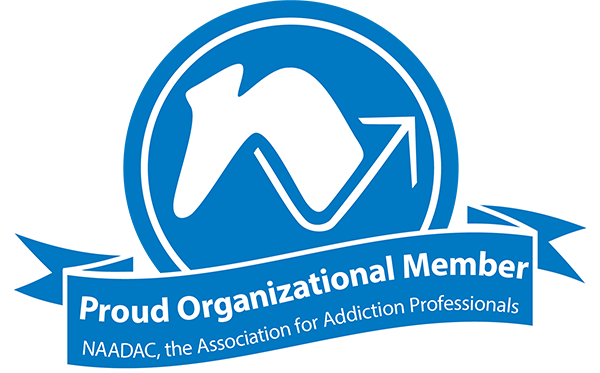Skip To Section
Illinois Attorney General Kwame Raoul filed the lawsuit against Purdue Pharma for its role in the opioid epidemic after rejecting a settlement proposal. In 2007, Purdue was found guilty of intentionally downplaying the addictive potential of OxyContin and overplaying or overstating the effectiveness of opioids for controlling pain.

Why Did Illinois File a Lawsuit Against Purdue Pharma?
As a result of the opioid crisis, many lawsuits have been filed against the manufacturers of opioid drugs. The lawsuits claim that the manufacturers of these drugs:
- Knew that their products were highly addictive yet marketed them as safe.
- Engaged in unethical marketing practices to get doctors to prescribe these drugs.
- Knew that the drugs were not as effective for pain control as they were reputed to be.
- Did not divulge research studies they performed indicating that the drugs were addictive and relatively ineffective for pain control.
Purdue Pharma is owned by the Sackler family. This company manufactured and marketed the opioid drug OxyContin. The company has faced significant criticism for its role in the opioid epidemic.
How Does OxyContin Play a Role?
OxyContin is an opioid drug designed to control pain. The drug was developed and manufactured by Purdue Pharma.
Between 1995 and 2001, OxyContin brought the company an estimated $2.8 billion in revenue. This figure had increased to over $31 billion in 2017. This is due to Purdue Pharma’s marketing strategy to promote the drug.
The History of OxyContin
OxyContin was introduced in 1995, and it was considered to be Purdue Pharma’s breakthrough drug to control pain.
The company very aggressively motivated doctors to prescribe the drug, offering them such incentives as speaking positions that paid them quite well and all-expenses-paid trips to pain management seminars.
OxyContin was marketed as an effective pain reliever that could be taken on an extended schedule. Because of its extended-release formulation, it was not viewed to have a significant risk for addiction. However, Purdue Pharma was well aware of significant OxyContin abuse, including reports that the pills were being crushed and snorted or injected.
In 2017, there were more than 70,000 deaths due to drug overdoses, and around two-thirds of these were due to opioid overdoses. Recently, opioid overdose deaths have increasingly involved heroin or fentanyl, but in previous years, prescription opioids were the main culprits.
The vast majority of people who abuse heroin began by abusing prescription opioids like OxyContin. Although the majority of people prescribed opioids do not develop opioid use disorders, the availability of opioids allowed them to be diverted to people who didn’t medically need them.
Lawsuits claim that these drugs were overprescribed by physicians due to aggressive marketing tactics, and this led to widespread abuse.
Major Issues With False Advertising of OxyCotin
The big argument in the lawsuit filed by Illinois AG Kwame Raoul is that Purdue (and other opioid manufacturers) knew that their products were not safe and not as effective as advertised. In spite of this knowledge, they advertised opioids like OxyContin as being effective and safe anyway.
Purdue sponsored a publication claiming that the risk of becoming addicted to opioids was less than 1 percent among children. The writing further said that pain is undertreated, and opioids are necessary to control pain.
OxyContin Abuse
By the early 2000s, there were widespread reports of OxyContin abuse. In a 2012 study published in the New England Journal of Medicine, it was reported that 76 percent of people seeking help for heroin addiction began their drug addiction by using prescription opioids, of which OxyContin was the primary culprit.
As far back as 2003, the United States Drug Enforcement Administration had determined that the marketing strategy used by Purdue Pharma was very much responsible for OxyContin’s widespread abuse
Does OxyContin Control Pain?
There have been many reports that the extended-release version of OxyContin may not adequately control pain and may result in significant withdrawal symptoms in people who have used the drug regularly. Purdue Pharma was aware of this problem before the drug went to market, but still continued its aggressive marketing plan.
Despite claims from manufacturers like Purdue Pharma, there is really no solid scientific evidence that opioid painkillers effectively treat chronic (long-term) pain. When these drugs are taken over the long term, users become tolerant to their effects and need more of the drug to get the same level of pain control.
Diversion Arguments for Purdue Pharma
There is a legal argument against companies that also distribute opioids. Under federal laws and certain state laws, distributors of opioids are legally bound to stop controlled substances from being misused or used for illicit purposes.
The diversion argument states that opioid distributors clearly did not attempt to do this. Instead, as certain counties and states (like West Virginia) demonstrated, there were significantly more prescriptions for opioids than people in the state. As a result, the distributors should have attempted to stop or curtail distribution of opioids to these areas.
Illinois Attorney General Raoul has made a claim that Illinois was one of these states. He says that in Illinois, the number of prescriptions for opioids was so ridiculously high that distributors should have noticed and taken steps to restrict their distribution.
Proposed Settlement Rejected
The office specifically referred to Illinois Department of Public Health figures stating that more than 2,000 people in Illinois died as a result of opioid overdoses in 2017. In addition, there was a 64 percent increase in babies born addicted to opioids (neonatal abstinence syndrome) between 2011 and 2017.
The proposed settlement was reported to be worth $12 billion. Purdue claimed that the lawsuit settlement would force Purdue Pharma into Chapter 11 bankruptcy; Purdue has since filed for bankruptcy.
At the time of this writing, the issue remains unsettled. Attempts by government officials, like Attorney General Kwame Raoul, to get these companies to pay for the damage they triggered are likely to continue.
Illinois Reaches Settlement In Lawsuit Against Purdue Pharma
In January 2025, Attorney General Kwame Raoul, joined by attorney generals of several other states, achieved a $7.4 billion settlement in the lawsuit against Purdue Pharma. The settlement holds members of the Sackler family and their company accountable for their central role in exacerbating the opioid crisis. Under the Sacklers’ leadership, Purdue Pharma spent decades developing, producing, and aggressively marketing opioid medications including OxyContin, fueling widespread addiction and a devastating wave of overdose deaths in Illinois and across the United States.
The $7.4 billion settlement is the nation’s largest one to date to hold individuals responsible for contributing to the opioid crisis. Following the settlement, Illinois is set to receive up to $154 million from this agreement. The rest of the money will be distributed amongst the other attorneys general of California, Colorado, Connecticut, Delaware, Florida, Massachusetts, New York, Oregon, Pennsylvania, Tennessee, Texas, Vermont, Virginia, and West Virginia.
- ‘A blizzard of prescriptions’: Documents reveal new details about Purdue’s marketing of OxyContin
- The Family That Built an Empire of Pain | The New Yorker
- Drug and Opioid-Involved Overdose Deaths — United States, 2013–2017 | MMWR
- Origins of an Epidemic: Purdue Pharma Knew Its Opioids Were Widely Abused – The New York Times
- ‘You want a description of hell?’ OxyContin’s 12-hour problem #InvestigatingOxy
- Attorney General Raoul helps secure $7.5 billion from purdue pharma and the sackler family for fueling opioid crisis – Illinois Attorney General
Our admissions team is available 24/7 to listen to your story and help you get started with the next steps.






